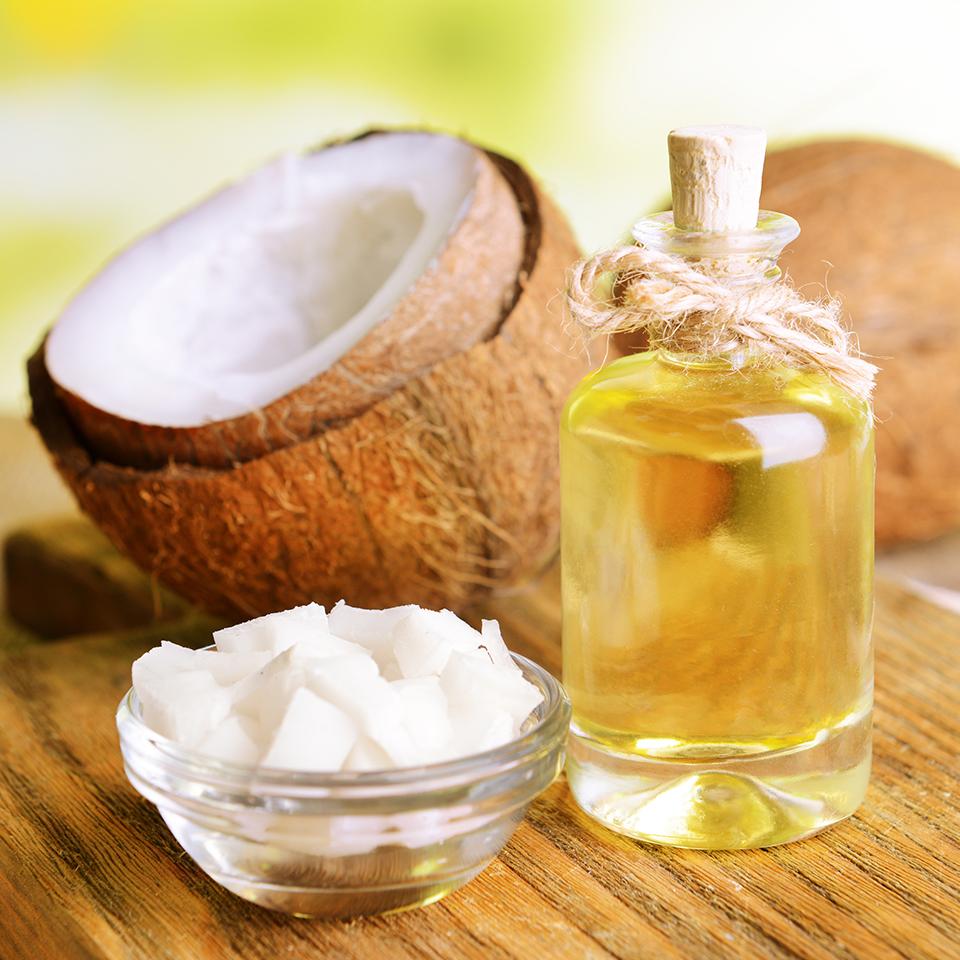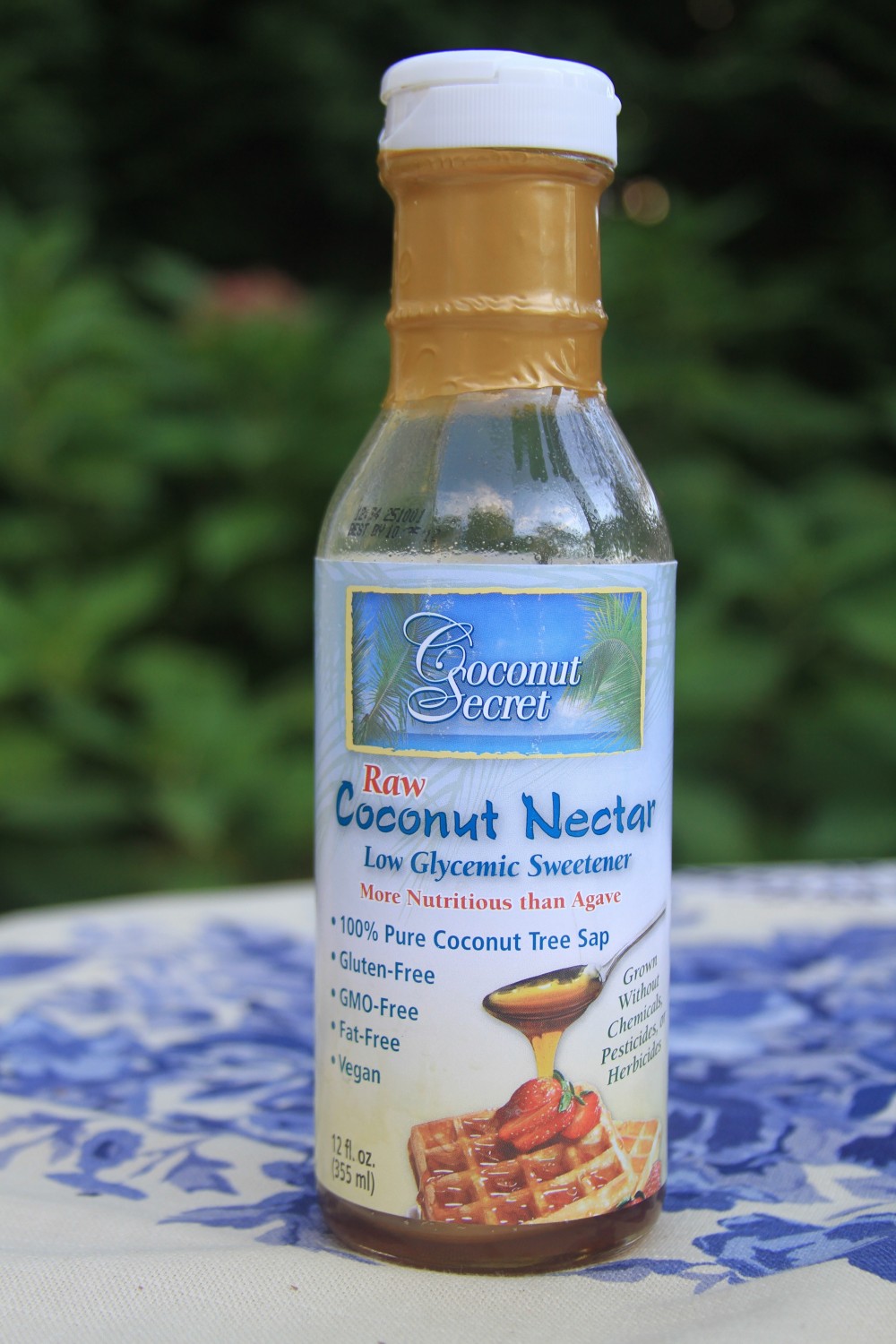
The day’s harvest is then transported to cook houses on the farms. The climber expertly balances the vessels to prevent spillage at the same time protecting fronds on the tree. The climber descends the tree with the vessels attached to his belt. On average a climber harvests 25-60 trees a day or 50–120 climbs! The same tapped inflorescence produces for approximately 1 month, producing 2-5 liters/day. The nectar is collected twice daily in a steam sanitized bamboo vessel for several hours during the day. Then the climber masterfully cuts razor thin slices in the inflorescence to let the nectar flow. The process begins with a climber who goes up to the crown of the coconut palm tree and wraps the blossom with a palm leaf to keep it from becoming a fully opened flower. Our partner’s growers use a century-old Javanese hand-harvesting method. It does not require irrigation and grows well among other trees and plants growing in the upper canopy and understory of the rainforest (banana, mango, jackfruit, limes). It requires minimal inputs for optimal growth. Some are tapped for nectar and others are left to fully flower and form coconuts.Ĭoconut palm trees are not to be mistaken for the source of palm oil which is a different type of tree ( Elaeis quineensis L.) The coconut palm is a native species to Indonesia. A single tree has 3-4 blossoms at a time. A blossom is also called an inflorescence which is a cluster of flowers on a stem. They start producing fruit after six years of growth.
Coconut nectar full#
The average coconut palm lives to be 70-120 years old, with full productivity for 25-45 years.

The trees on our partner’s farms grow to be 35-60 feet tall. The nectar comes from the blossoms of the coconut palm tree ( Cocos nucifera L). Our coconut nectar comes from the island of Java in Indonesia. It has a low glycemic index and is a source of vitamins, minerals and antioxidants not found in common sweeteners. In terms of attributes sought by consumers, our nectar is minimally processed, vegan, non-GMO, and comes from well-treated, valued farmers. Our nectar is 100% pure coconut nectar the majority of organic coconut nectar on the market is made from reconstituted coconut sugar, which is then often refined. Unscrupulous farming groups have been known to mix certified organic with conventional sources (or conventional cane sugar) to increase capacity. Often, coconut nectar and sugar pass through many hands between the farms and the exporter, leaving room for supply chain fraud. They can ensure 100% transparency and traceability every step of the way. Our supply partner collects the nectar or sap from their organic certified grower members, processes it and exports to our warehouses. Single origin is important because multi-origin sources have a greater risk of contamination, adulteration and mistreatment of farmers.

Our coconut nectar is harvested in a single origin and produced by an exclusive supply partner. Here’s the story.īenefits of Global Organics’ Coconut Nectar

The organic coconut nectar from our supply partner is incredibly pure and has a sustainability story that goes above and beyond the average coconut nectar producer. Coconut nectar has a sweet, mild caramel flavor with an essence of floral, not at all coconutty.

These include liquid sweeteners such as honey, maple syrup, rice syrup, agave nectar and last but not conut nectar. Organic and non-artificial sweeteners are steadily gaining popularity as ingredients in prepared foods.


 0 kommentar(er)
0 kommentar(er)
